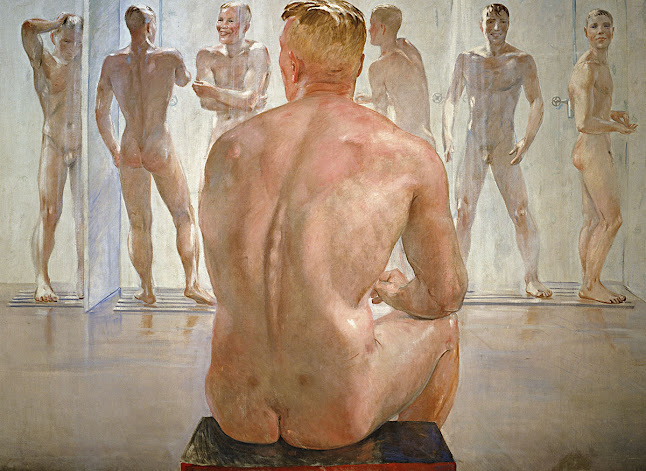Akihiko Kurokawa
A while ago, I came across this photo, posted by an American tourist in Japan, who said "I haven't figured out yet why in various spots in Tokyo there are statues of a naked fat man playing a saxophone. Usually he is walking but in this occasion he's riding a horse."
These statues are the works of Japanese sculptor Akihiko Kurokawa (born 1946). Not all of his sculptures are nude, but the naked saxophone player is a favorite theme of his. His statues are in many cities, not just Tokyo, and are all in public places where people can see and interact with them. The statue above, That Horseman, 1981, is in front of the Tokyo-Arakawa Sports Center.
This is Man Playing the Alto-Saxophone, Hibiya, Tokyo.
This one is in Himeji, Japan, near Himeji Station, called Let's walk if you wear a hat. (I suspect the Japanese title lost something in the translation.)
Sit on the stump, 1989, outside the Kure-shi Irifuneyama Municipal Museum of Art in Hiroshima Prefecture.
He didn't let go even when he fell from his chair, 1993, at the Kamakura Performing Arts Center, Kanagawa Kamakura City.
Person who blows alto saxophone is located right outside an elementary school. The Japanese are much more relaxed about nudity than Americans are, so the idea that school kids will see a statue of a nude man is not a problem. It's art!
My last example is Today is the day, 1999. The sax player on the other side of the bench has pants on, but I love this sculpture for the bronze cat sitting on the bronze book. Because that's exactly what cats do!











%20cropped.jpg)

%20(edited).jpg)










































